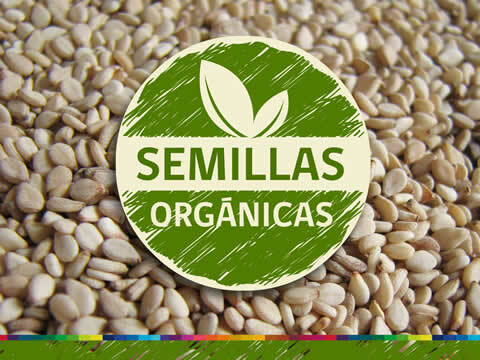Protein Characteristics
Biology / / July 04, 2021
Proteins are known as the set of amino acid molecules that are formed in a linear way.
Proteins perform various functions, including the carrying of genetic information, which is encoded differently by each living entity.
There are a total of twenty amino acids that are subdivided that are capable of interconnecting and mixing producing proteins.
- Simple proteins
- Conjugated proteins
Protein characteristics:
Simple proteins.- They are made up of amino acids or some derivatives, and the following can be recognized:
- Albumines.- Proteins that are distinguished by being soluble in water have been called albumin and we can observe them in the molecules of the body of animals.
- Albumunoids.- This protein is characterized by not being soluble in neutral solvents, acids and some alkaline compounds. They are easily visible on the nails and hair.
- Globulins.- They are also insoluble in water, but there are compounds, especially those that are highly reactive acids and some of the bases.
- Glutelins.- These proteins are highly soluble in acid solutions, and we find them in flours.
- Histones.-It is in histones where chromatin is formed, which is what forms chromosomes, and in this protein finds much of the genetic information and helps form the copy of the information genetics.
- Prolamines.- These are the proteins found mainly in the seeds, their property is viscosity and can be observed in corn and boiled oats. These are high sources of plant-based protein, although the human body requires a lot of work to process.
- Protamines.- These proteins are poorly soluble in water, and their solubility is found to a greater extent in higher strength solvents and can be found in some cereals such as wheat and barley.
Conjugated proteins.- Conjugated proteins are those proteins that are formulated with proteins and another compound that does not belong to them.
These proteins are subdivided into six different variants:
- Nucleoproteins.- Proteins that are structurally bound to a nucleic acid, and can be seen in telomerase, which is a ribonucleoprotein.
- Glycoproteins.- These proteins are combined with carbohydrates, these are divided into two: proteins intracellular (appreciable in cell membranes) and those that are secretory (segregations thyroid).
- Phosphoproteins.- These proteins are mixed with a radial with phosphate and this phosphate is different from nucleic acid.
- Chromoproteins.- These proteins are pigmented proteins, these are seen in the eye rods.
- Lipoproteins.- Lipoproteins are proteins bound with lipids and we can define four: 1st HDL, 2nd VLDL, 3rd Pre-β and 4th chylomicrons.
- Metaproteins.- These proteins are linked with metal ions, we can mention ceruloplasmin, which is an enzyme with oxidase activity that transports copper within the plasma.
Food sources.- Proteins are found in different foods, their highest concentration is found in insects, which are made up mostly of keratin, the second source is fish meat, which is the best assimilation for human beings, the third source is meat, which is the most abundant existing form and of an assimilation excellent for the human being and the last but not the least important is that of the seeds, but by its nature it requires more effort for its unfolding and assimilation by the human being.
This is noticeable in animals such as cows, horses, chickens, etc., which have a different intestinal formation.
Contraindications.- Proteins can be totally or partially contraindicated, always depending on who consumes them and their preparation. Thus, in milk with soy extract or with soy protein, it produces an alteration in children provide the so-called phyto-estrogens and that on the contrary are beneficial for the women.
Hormones.- Hormones are mainly proteins, so insulin, melatonin and the like are made up of proteins.


